Resource Center


Resource Center
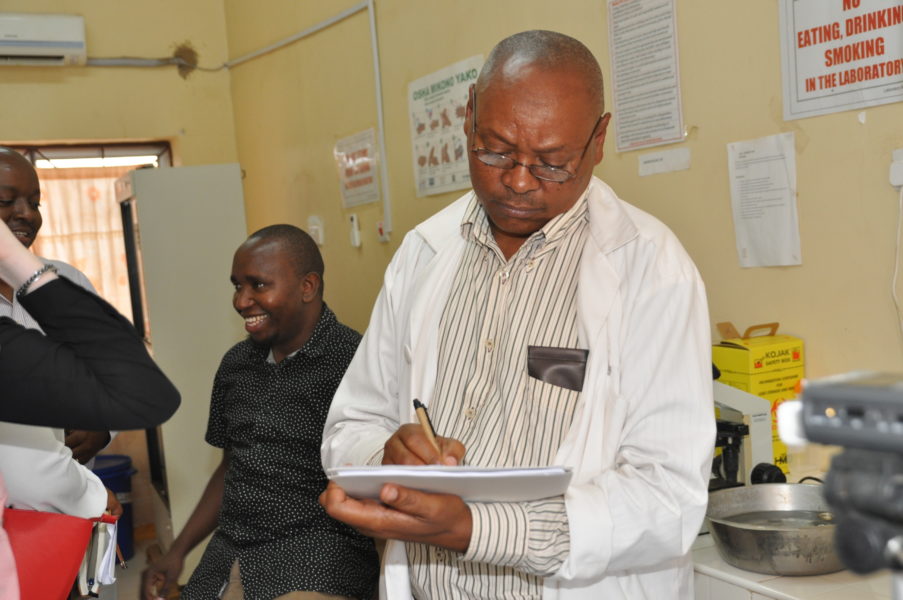

(Barcelona, April 15, 2016) – Ministries of Health in Ethiopia, Indonesia, Myanmar, Nigeria, Rwanda, and Vietnam are accelerating access to hepatitis C (HCV) testing and treatment with technical assistance from the Quick-Start program, which aims to cure 25,000 people of HCV in the next two years. The Quick-Start program is a partnership of the Clinton...
Read more(Boston, MA, April 13, 2016) – The Clinton Health Access Initiative, Inc. (CHAI) and AmeriCares, with the aid of a multi-year product-donation from Bristol-Myers Squibb, have initiated a first-of-its-kind program in Africa and Asia aimed at curing hepatitis C (HCV) among patients co-infected with HCV and human immunodeficiency virus (HIV). Bristol-Myers Squibb has agreed to...
Read more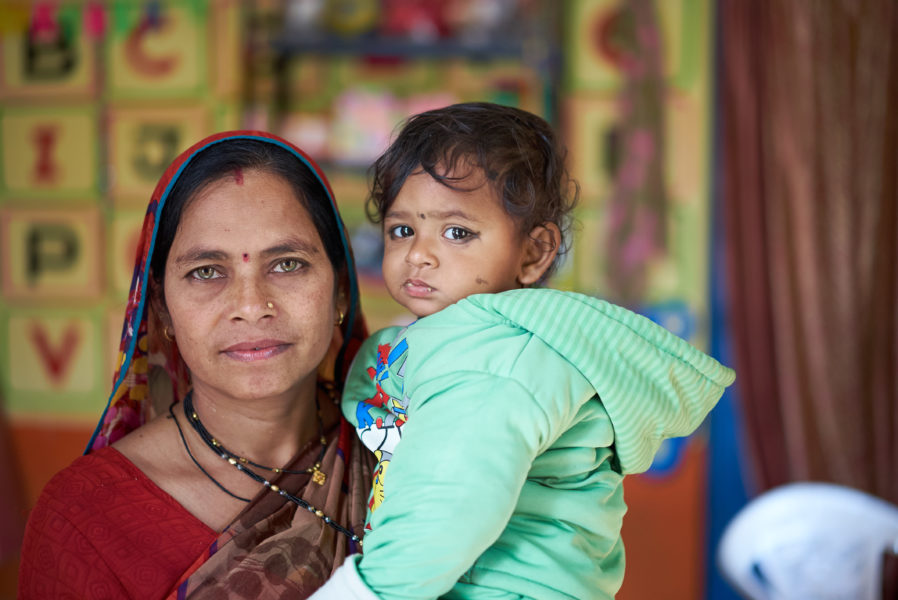

The IKEA Foundation and the Clinton Health Access Initiative, Inc. (CHAI) announce a new four-year grant, which commenced in January 2016, aimed at improving nutritional outcomes and child health in Madhya Pradesh, India. “The IKEA Foundation believes that every child has the right to a healthy start in life, so we are donating €9.7 million to CHAI...
Read more

Almost exactly two years ago, West Africa came face to face with a dangerous and deadly Ebola outbreak lasting well over one year and killing thousands of people, including the health workers trying to save them. Liberia, a small West African nation situated on the coast is a lively, beautiful, yet poor nation of nearly...
Read more

In light of World TB Day today, the Clinton Health Access Initiative, Inc. (CHAI) recognizes the somber truth that TB is the leading infectious disease killer today. While the global TB community has made huge strides to reduce TB mortality by half since 1990, there is still a long way to go.[1] The Global Plan...
Read more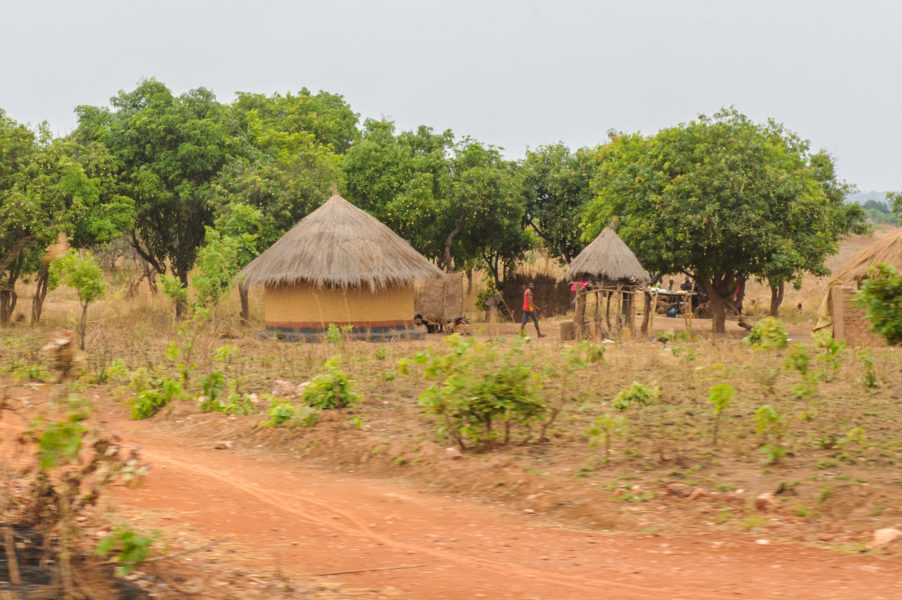

In 2014, Zambia was planning to distribute 6-7 million insecticide-treated bednets (ITNs), but only limited information was available on the most efficient distribution and hang-up approach to optimize ITN ownership and use in Zambia. A door-to-door distribution strategy had been previously used throughout Zambia, but was highly challenging and costly in terms of time, supervision...
Read more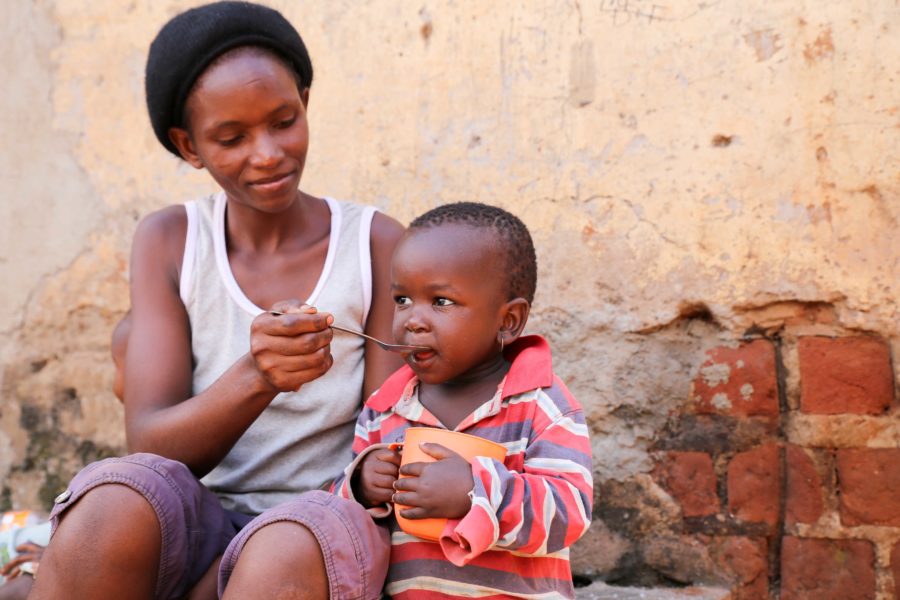

By the end of 2015, diarrhea remained a leading killer of children under 5. However, important progress has been made to scale up zinc and oral rehydration salts (ORS), which together are the recommended treatment for childhood diarrhea. Since the release of the WHO/UNICEF Joint Statement for Clinical Management of Acute Diarrhea in 2004, many...
Read more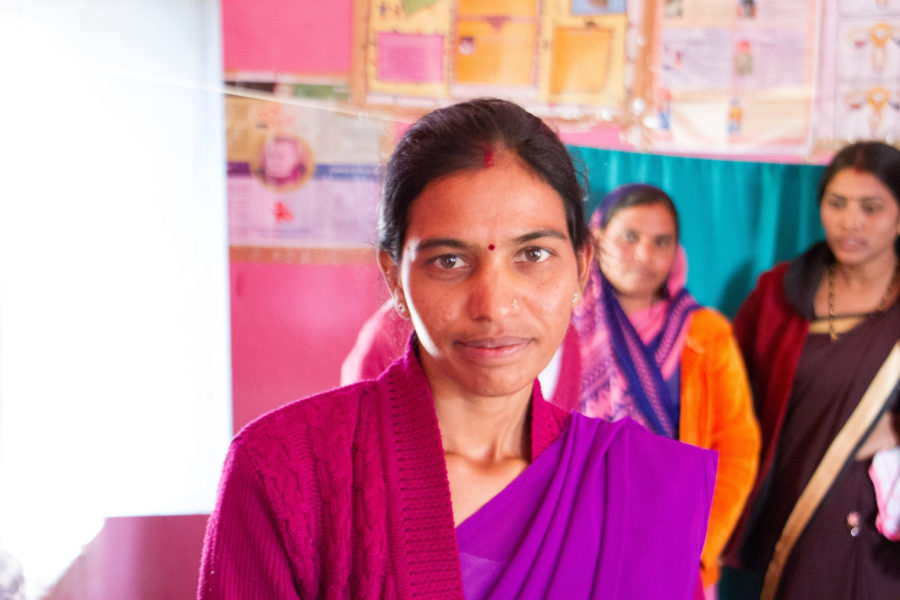

In remote Makhodia Village, Jhabua District in central India, a group of about 25 women gather in a small brightly painted room, protected from the heat of the midday sun inside the village health center. They are dressed in vibrant cloths–purples, blues, reds, and pinks that stand out against one another–and hold sleeping and sometimes...
Read more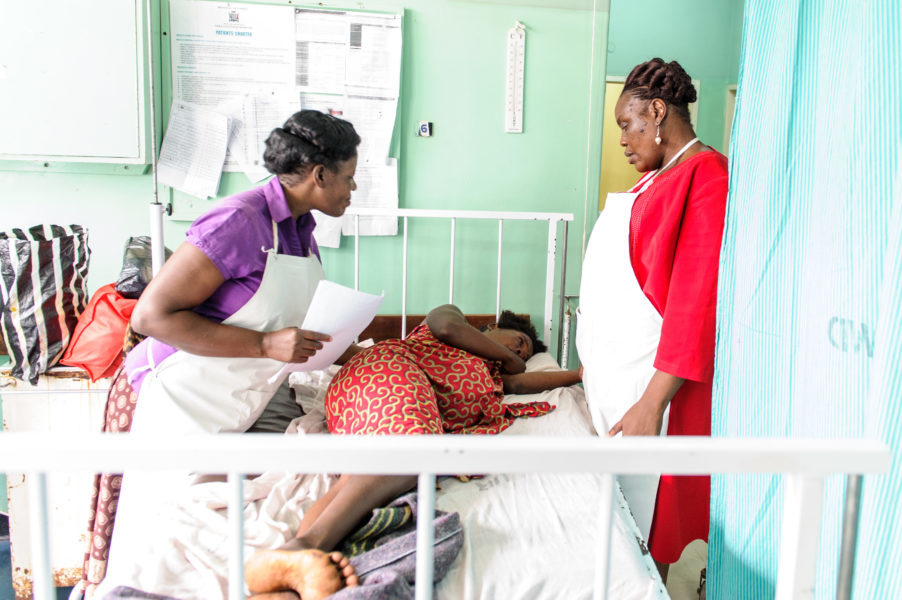

Delivering at health facilities can help to reduce maternal and infant mortality, but in Zambia only 67 percent of total births and 56 percent of rural births take place in health facilities.[1] The Demand-Driven Evaluations for Decisions (3DE) program conducted an impact evaluation to determine if non-cash incentives, called Mama Kits, can cost-effectively increase rural...
Read more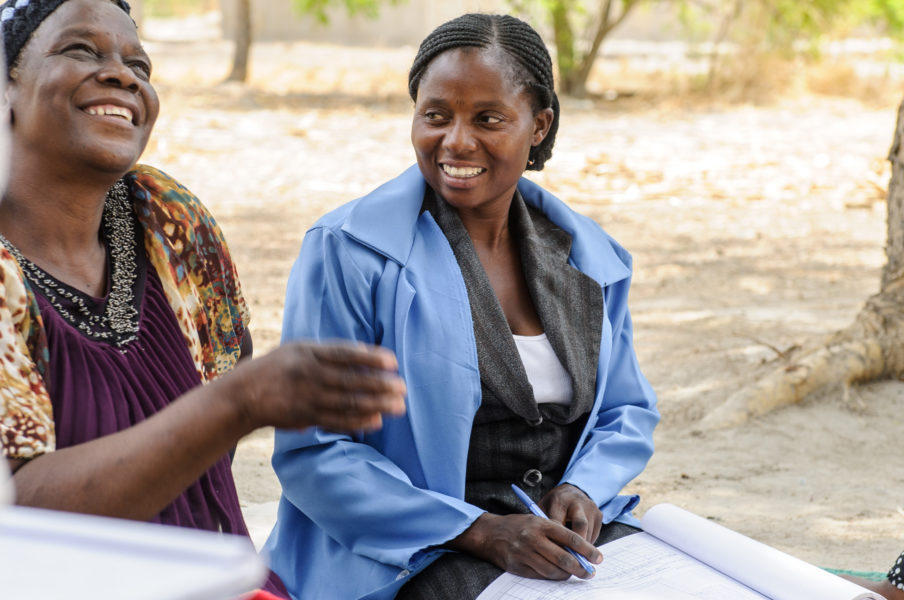

In Chibombo District, part of Zambia’s Central Province north of the capital of Lusaka, Josephine Mwita lives in a small mud house a few hundred yards down well-worn dirt paths from the main road with 10 members of her family. Here in this rural area, most people make their living by farming and animal rearing....
Read more



